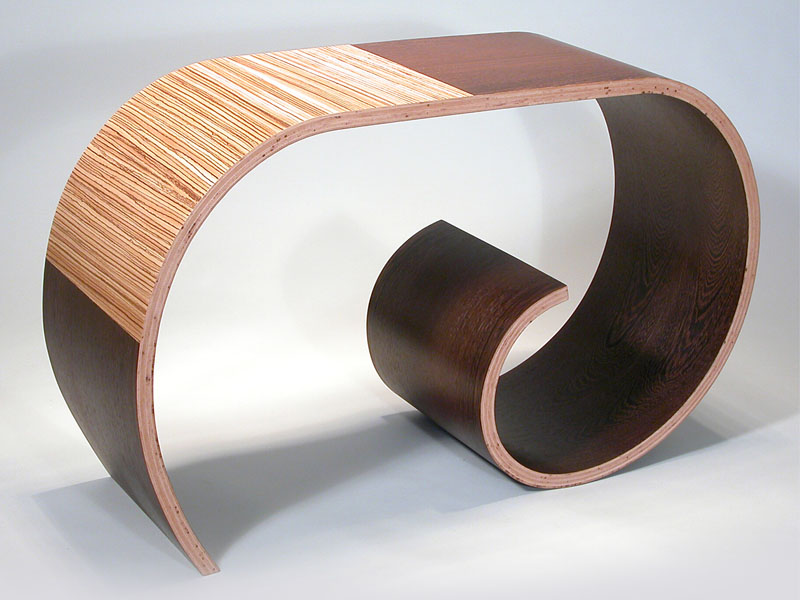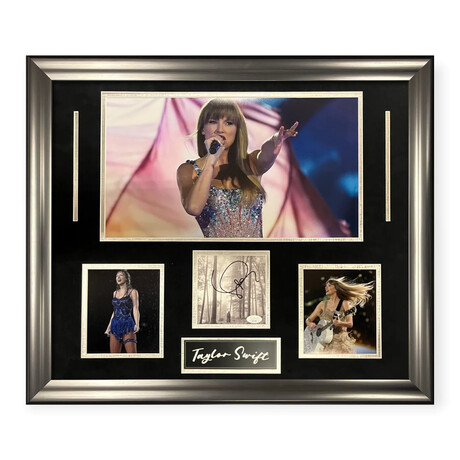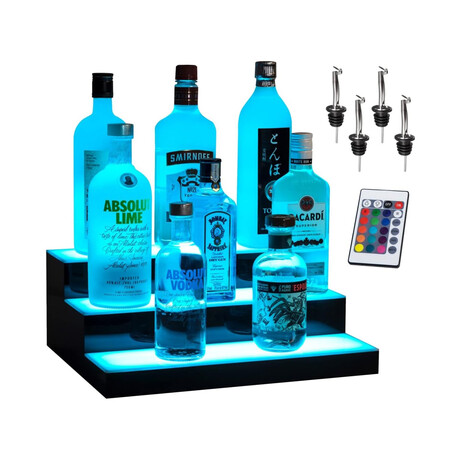How Do I Know What Kind of Wood I Want?
Almost any type of wood can technically be used for furniture, but they can vary wildly based on strength, durability, availability, and cost. The chemistry of altering wood, like staining and dying, has also advanced to a level that wood can be made to look like other types of wood. Which is why it’s hard to know what you’re getting, or what kind of the best. Read on for a quick crash course in the most common types of wood, and their respective pros and cons.
In building, Primary Wood is the main wood used for the aesthetic of the piece, chosen specifically for its grain, color or ability to be stained. It’s the wood that will appear on the functional surfaces of the piece. Secondary Wood is the wood that you don’t see – used for the supports or guides. It can be different from the Primary Wood because its grain, color or ability to hold paint or stains is not a factor.
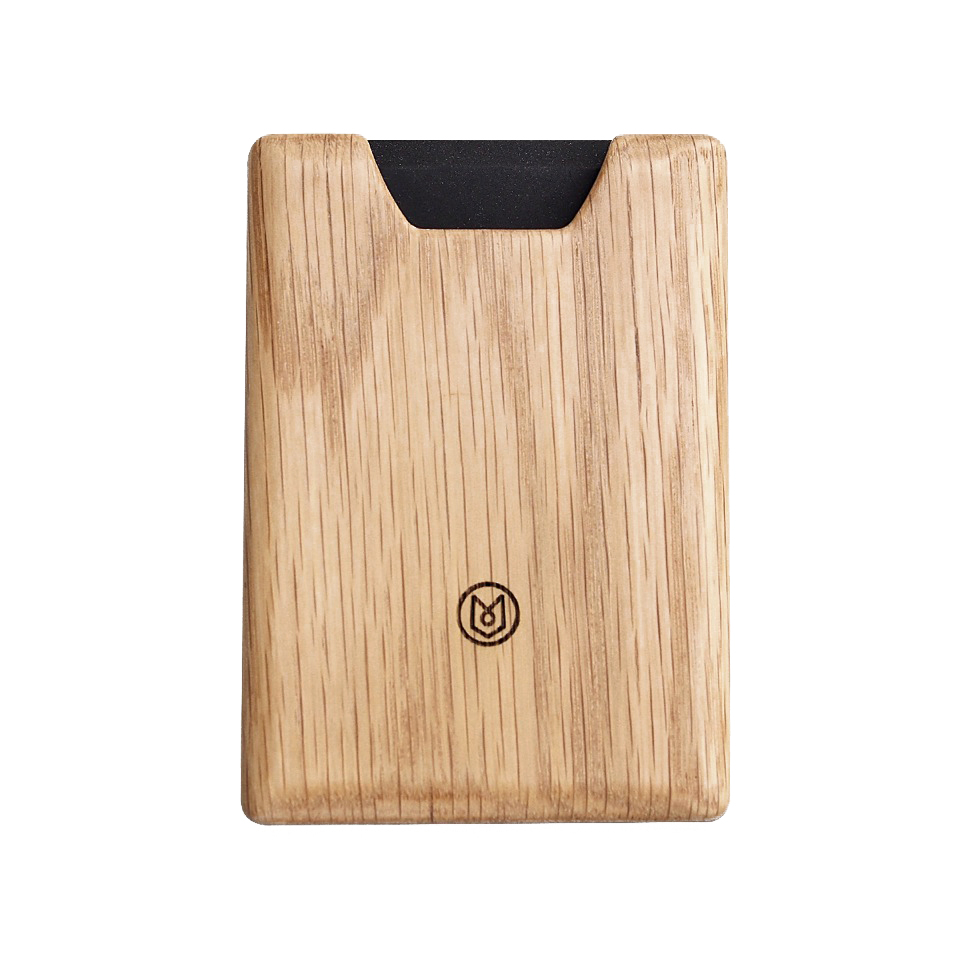 Oak is an extremely hard and durable wood that’s most popular in kitchens, for floors and cabinets. Most oak is not stained, but the finished wood tends to yellow slightly over time. Red Oak is the most common oak, and considered to be the best for indoor furniture, while White Oak can be used outdoor, since it is less porous and prone to water damage.
Pros: Durable and water-resistant
Cons: Yellows over time
Oak is an extremely hard and durable wood that’s most popular in kitchens, for floors and cabinets. Most oak is not stained, but the finished wood tends to yellow slightly over time. Red Oak is the most common oak, and considered to be the best for indoor furniture, while White Oak can be used outdoor, since it is less porous and prone to water damage.
Pros: Durable and water-resistant
Cons: Yellows over time
 Ash is very similar to oak, but without medullary rays in the grain. Ash is a very strong wood, often used for baseball bats and handles of tools. It is relatively inexpensive, sometimes even being used for residential wood trim, or for commercial "unpainted" furniture. It has a light color, and an open grain, for it looks traditional and matches with almost anything.
Pros: Strong, even grain
Cons: Weaker than oak
Ash is very similar to oak, but without medullary rays in the grain. Ash is a very strong wood, often used for baseball bats and handles of tools. It is relatively inexpensive, sometimes even being used for residential wood trim, or for commercial "unpainted" furniture. It has a light color, and an open grain, for it looks traditional and matches with almost anything.
Pros: Strong, even grain
Cons: Weaker than oak
 Walnut is generally the favorite “dark” wood. It’s a rich, deep brown with lighter, outer sapwood. More and more walnut wood is mostly sapwood, as large Walnut trees are becoming scarce, but most people believe the variations in color brought by varying amounts of sapwood adds color and character. Hard and durable, Walnut is resistant to dings and scratches, and the slightly open grain can be filled or left, depending on the type of finish desired. Walnut is most often used for smaller pieces like side tables, dishes or cutting boards.
Pros: Hard to damage, popular dark color
Cons: Increasingly hard to find, expensive
Walnut is generally the favorite “dark” wood. It’s a rich, deep brown with lighter, outer sapwood. More and more walnut wood is mostly sapwood, as large Walnut trees are becoming scarce, but most people believe the variations in color brought by varying amounts of sapwood adds color and character. Hard and durable, Walnut is resistant to dings and scratches, and the slightly open grain can be filled or left, depending on the type of finish desired. Walnut is most often used for smaller pieces like side tables, dishes or cutting boards.
Pros: Hard to damage, popular dark color
Cons: Increasingly hard to find, expensive
 Cherry is another favorite furniture wood. Initially, it is a very light brown, with occasional small knots or sap pockets. As it is exposed to light, it gradually darkens to a rich light brown as it ages – much like leather. The wood can be stained or dyed so that it starts darker (the more traditional furniture color), but the underlying wood will continue to darken over time. Therefore the stain that today might be a perfect color match to some previously finished wood probably will not be an exact match in a few months. Cherry has great color, strength, and is relatively hard - resistant to dings. (Some people avoid using in in flooring, because it is slightly softer than other traditional floor woods, but it can be a beautiful floor wood also.) It has a beautiful even grain, and is also non-toxic- it can be used in wooden dishes.
Pros: Food safe, colors darker over time
Cons: Difficult to match with other lumber
Cherry is another favorite furniture wood. Initially, it is a very light brown, with occasional small knots or sap pockets. As it is exposed to light, it gradually darkens to a rich light brown as it ages – much like leather. The wood can be stained or dyed so that it starts darker (the more traditional furniture color), but the underlying wood will continue to darken over time. Therefore the stain that today might be a perfect color match to some previously finished wood probably will not be an exact match in a few months. Cherry has great color, strength, and is relatively hard - resistant to dings. (Some people avoid using in in flooring, because it is slightly softer than other traditional floor woods, but it can be a beautiful floor wood also.) It has a beautiful even grain, and is also non-toxic- it can be used in wooden dishes.
Pros: Food safe, colors darker over time
Cons: Difficult to match with other lumber
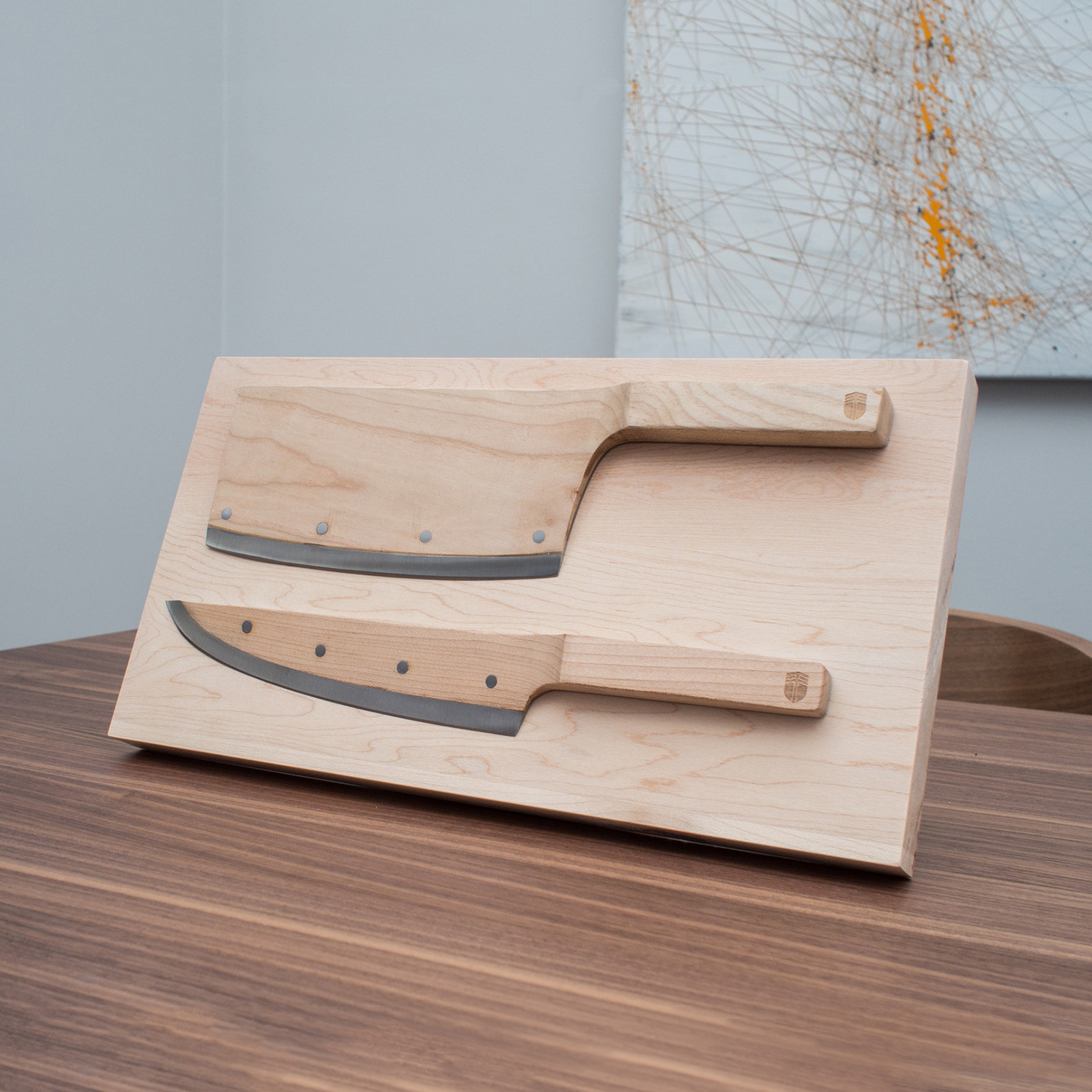 Maple comes in many varieties, but generally is a very hard wood, that makes beautiful, durable furniture. Maple has a small, darker heart, but is prized for the very light and even sapwood - the opposite of most wood where the heartwood is preferred. Maple has a reputation of being hard to stain evenly, especially where the grain changes, because it comes in a huge variety of curly, feathered grains.
Pros: Strong, wide variety of grains to choose from
Cons: Difficult to stain
Maple comes in many varieties, but generally is a very hard wood, that makes beautiful, durable furniture. Maple has a small, darker heart, but is prized for the very light and even sapwood - the opposite of most wood where the heartwood is preferred. Maple has a reputation of being hard to stain evenly, especially where the grain changes, because it comes in a huge variety of curly, feathered grains.
Pros: Strong, wide variety of grains to choose from
Cons: Difficult to stain
 Mahogany is one of the most traditional furniture woods, known for the straight, smooth, semi-open grain with many cross grains that evenly accept a fine finish. It is a bit lighter weight than maple, and comparable to oak in strength. It withstands moisture well, making it popular for wooden boats, entry doors, or other outdoor projects. The color of the wood ranges yellow to reddish brown, that darkens as it ages, but not as drastically as cherry. Over the centuries mahogany has probably been the primary furniture wood.
Pros: Even grain, easy to stain, water-resistant
Cons: Inconsistent color
Mahogany is one of the most traditional furniture woods, known for the straight, smooth, semi-open grain with many cross grains that evenly accept a fine finish. It is a bit lighter weight than maple, and comparable to oak in strength. It withstands moisture well, making it popular for wooden boats, entry doors, or other outdoor projects. The color of the wood ranges yellow to reddish brown, that darkens as it ages, but not as drastically as cherry. Over the centuries mahogany has probably been the primary furniture wood.
Pros: Even grain, easy to stain, water-resistant
Cons: Inconsistent color
 Hickory and Pecan are from the same biological family. This wood can appear in a large range of lighter colors. It’s a very heavy wood with a lot of asymmetry in its grain, best served for unique, one-of-a-kind pieces
Pros: Strong and heavy
Cons: Widely varying grains
Hickory and Pecan are from the same biological family. This wood can appear in a large range of lighter colors. It’s a very heavy wood with a lot of asymmetry in its grain, best served for unique, one-of-a-kind pieces
Pros: Strong and heavy
Cons: Widely varying grains
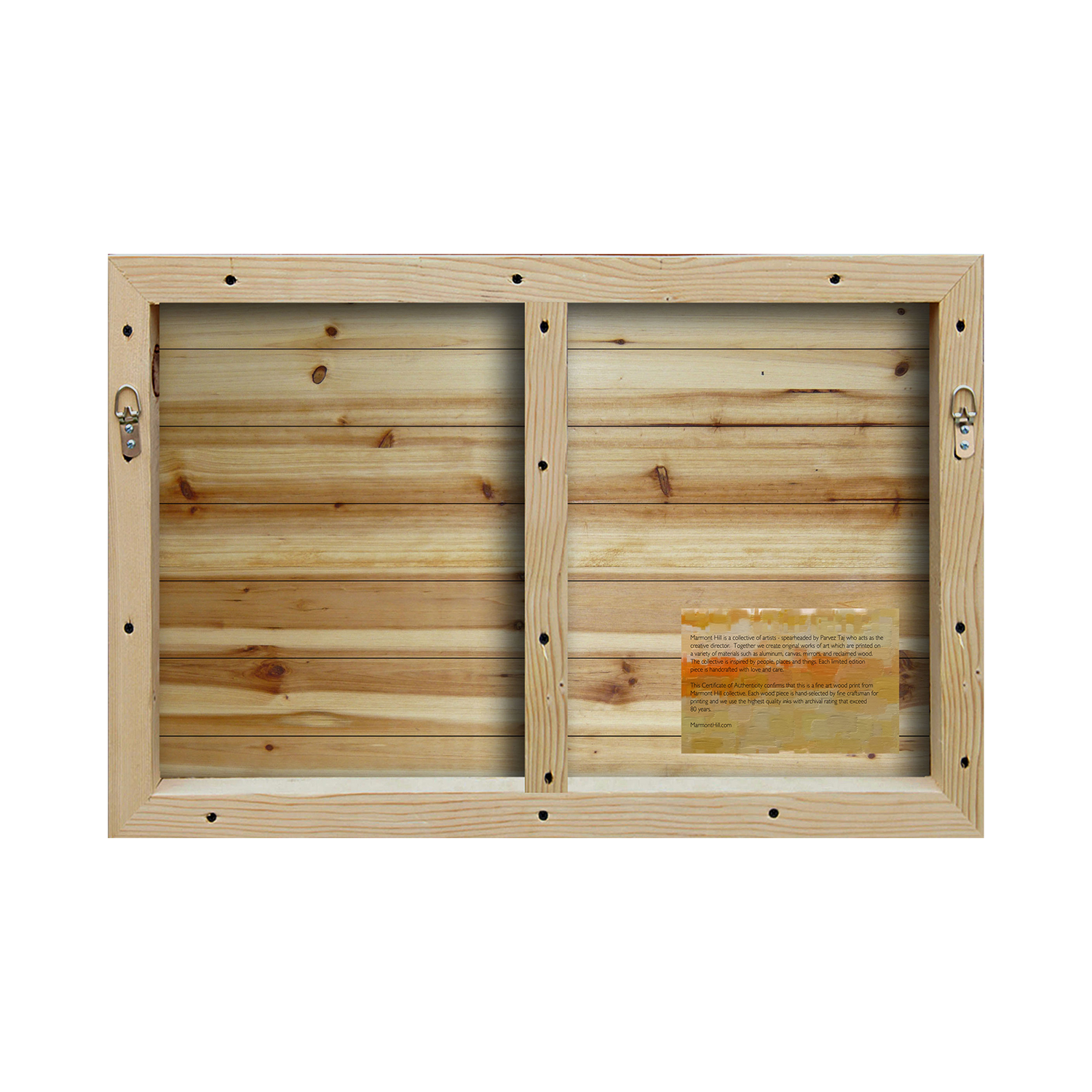 Pine is a very popular and traditional wood, that is generally deemed to be too soft for durable furniture, but it was the most common wood used for furniture back in the colonial days. Its distinctive knots make it popular for Craftsman and “lodge” type structures, and its softness makes it very easy to manipulate and produce in different cuts to get different grains. Pine is best suited for things like beams or doors that can look unique, without a lot of stress or use being put on the wood.
Pros: Inexpensive, characteristic “knotty” look
Cons: Soft and easily damaged
Pine is a very popular and traditional wood, that is generally deemed to be too soft for durable furniture, but it was the most common wood used for furniture back in the colonial days. Its distinctive knots make it popular for Craftsman and “lodge” type structures, and its softness makes it very easy to manipulate and produce in different cuts to get different grains. Pine is best suited for things like beams or doors that can look unique, without a lot of stress or use being put on the wood.
Pros: Inexpensive, characteristic “knotty” look
Cons: Soft and easily damaged
 Cedar is extremely soft, but also naturally weather-resistant. It’s good for things like seasonal outdoor furniture, that doesn’t get heavy use, or for decks, as the wood will last a long time, and its natural aroma repels moths and mosquitoes – which is why it’s also popular for lining closets, doors and even cigar humidors.
Pros: Insect-repellent, weather-resistant
Cons: Soft, easily damaged
Cedar is extremely soft, but also naturally weather-resistant. It’s good for things like seasonal outdoor furniture, that doesn’t get heavy use, or for decks, as the wood will last a long time, and its natural aroma repels moths and mosquitoes – which is why it’s also popular for lining closets, doors and even cigar humidors.
Pros: Insect-repellent, weather-resistant
Cons: Soft, easily damaged
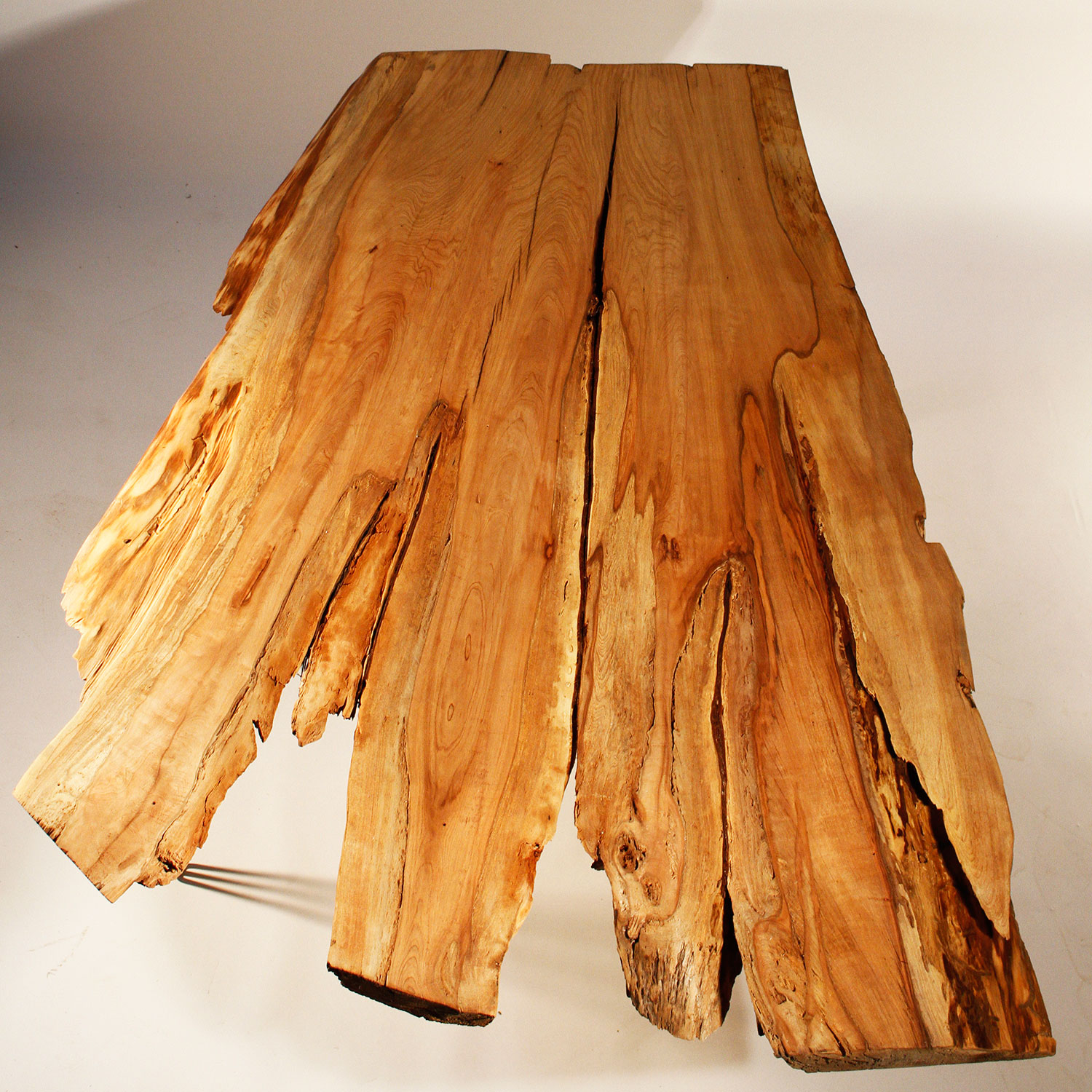 Cypress is a popular wood for siding, decks, or outdoor furniture. It’s highly resistant to decay and insects with its naturally occurring preservatives, and holds a stain extremely well. Cypress is technically soft, but has enough of the good features of hardwood that the NHLA (National Hardwood Lumber Association) grading rules apply to "Hardwood and Cypress."
Pros: Easy to stain, harder than most soft woods
Cons: Softer than hardwood
Cypress is a popular wood for siding, decks, or outdoor furniture. It’s highly resistant to decay and insects with its naturally occurring preservatives, and holds a stain extremely well. Cypress is technically soft, but has enough of the good features of hardwood that the NHLA (National Hardwood Lumber Association) grading rules apply to "Hardwood and Cypress."
Pros: Easy to stain, harder than most soft woods
Cons: Softer than hardwood
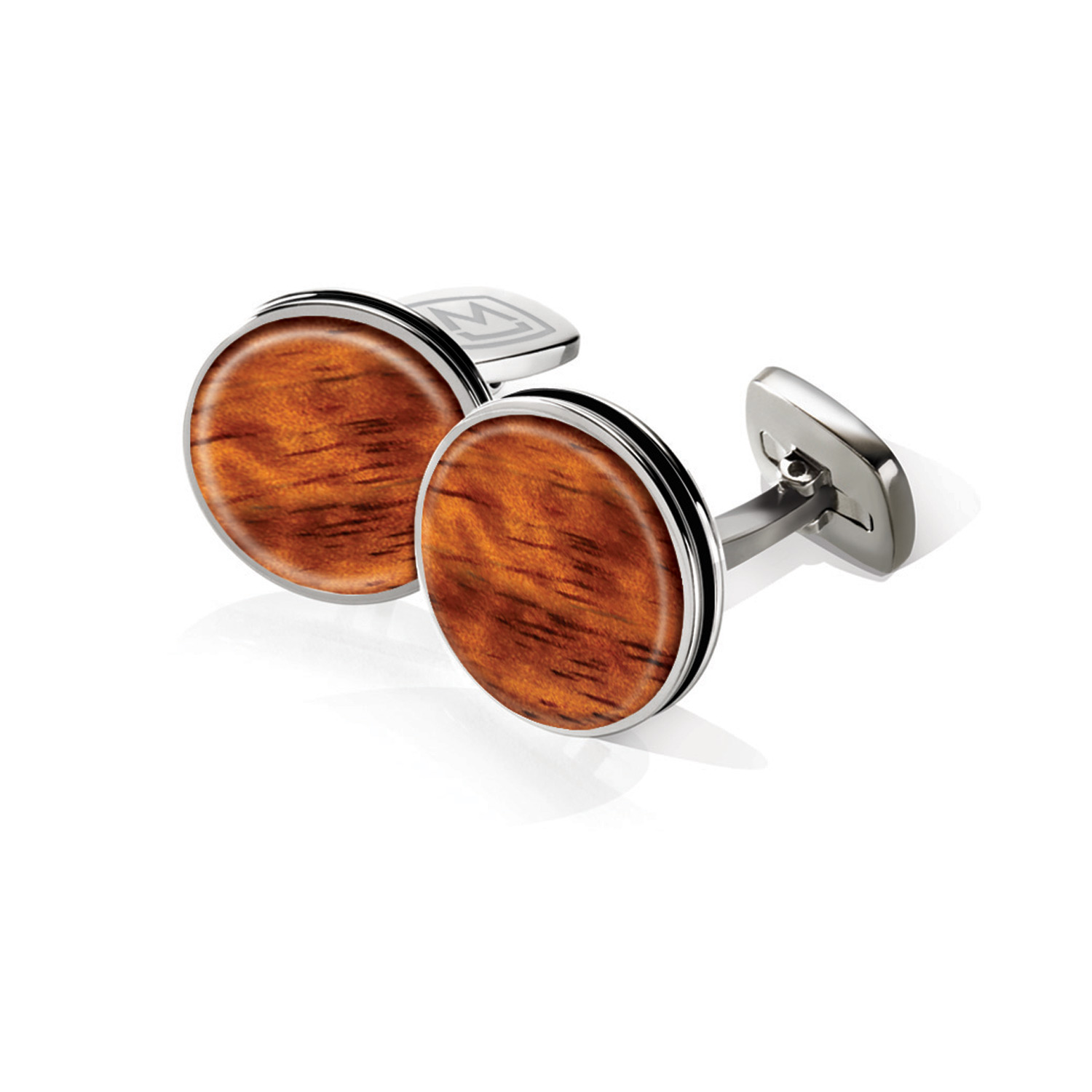 Bubinga is African Rosewood. It has a reddish tint, with brown and black grain patterns, somewhat like a cross between Walnut and Cherry. It is popular among furniture builders, because the wood is dense enough that the end grain finishes well, but it’s less common because of its exotic scarcity and tendency to burn when being cut or sanded.
Pros: Dense, easy to stain
Cons: Hard to find, burns easily
Bubinga is African Rosewood. It has a reddish tint, with brown and black grain patterns, somewhat like a cross between Walnut and Cherry. It is popular among furniture builders, because the wood is dense enough that the end grain finishes well, but it’s less common because of its exotic scarcity and tendency to burn when being cut or sanded.
Pros: Dense, easy to stain
Cons: Hard to find, burns easily
 Wenge is another exotic wood. Yellow-brown when freshly cut, it darkens quite a lot as it ages. It has a very deep and noticeable grain, but it must be densely filled for a smooth surface, and because the sawdust is toxic, its not recommended for any pieces that go near food, children, or pets.
Pros: Nice color, distinctive grain
Cons: Toxic sawdust
Wenge is another exotic wood. Yellow-brown when freshly cut, it darkens quite a lot as it ages. It has a very deep and noticeable grain, but it must be densely filled for a smooth surface, and because the sawdust is toxic, its not recommended for any pieces that go near food, children, or pets.
Pros: Nice color, distinctive grain
Cons: Toxic sawdust
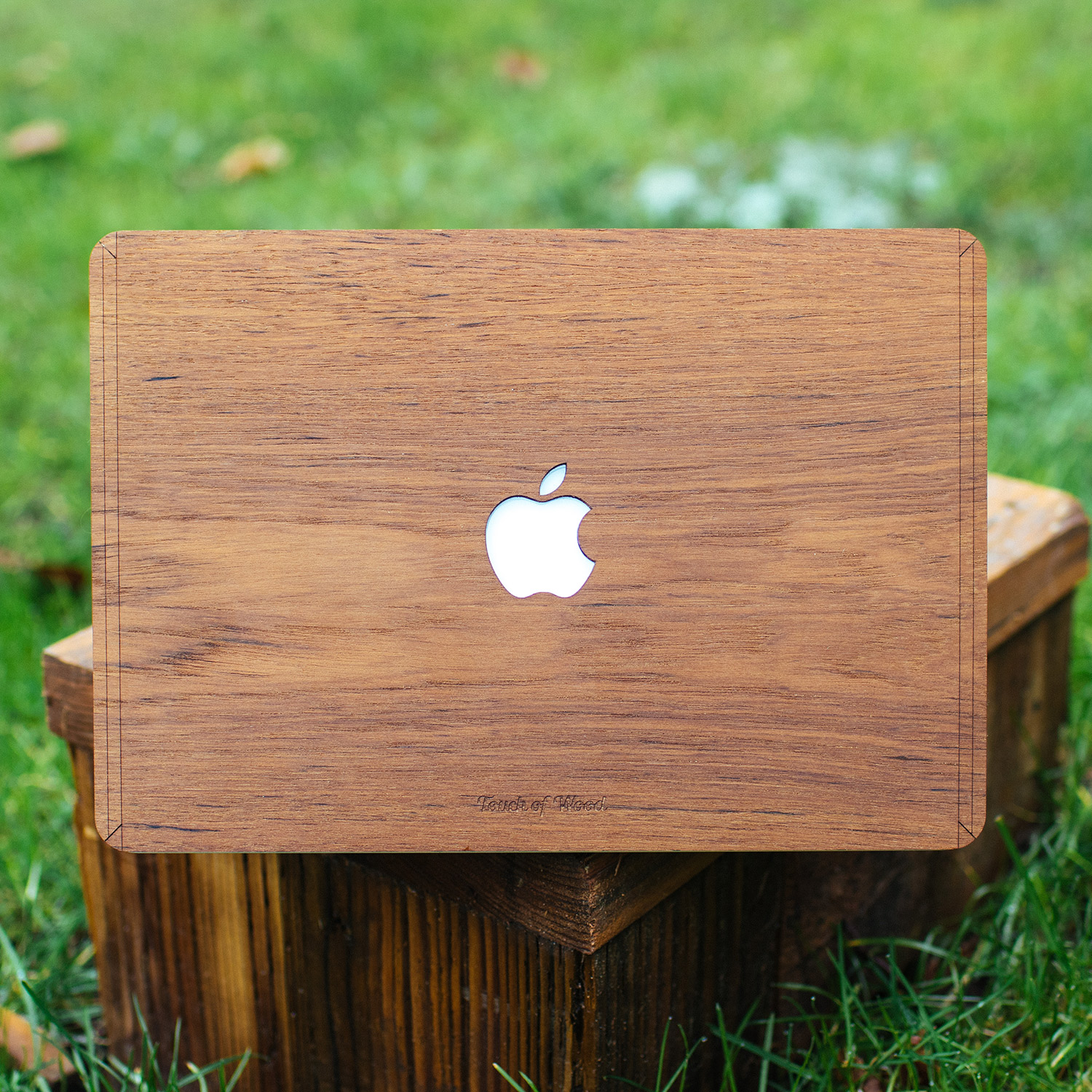 Teak, famously rare and famously beautiful, is a wonderful durable wood that makes great unfinished outdoor furniture, and ages to a beautiful silver-gray. It also holds a finish nicely, if desired. Notoriously expensive and environmentally unsound, Teak is usually reserved only for the highest-end furniture in the world.
Pros: Impressive gray tint, highly durable
Cons: Extremely rare and costly
Teak, famously rare and famously beautiful, is a wonderful durable wood that makes great unfinished outdoor furniture, and ages to a beautiful silver-gray. It also holds a finish nicely, if desired. Notoriously expensive and environmentally unsound, Teak is usually reserved only for the highest-end furniture in the world.
Pros: Impressive gray tint, highly durable
Cons: Extremely rare and costly
 Padauk is a deep orange/red color that deepens with age. It is incredibly dense and decay-resistant, not to mention beautiful and relatively inexpensive for an exotic wood. However, the sawdust is toxic, and prone to staining cloth and even other woods. It’s a favorite for sturdy furniture, and especially for boats.
Pros: Inexpensive for exotic woods, distinctive red color
Cons: Toxic sawdust
Padauk is a deep orange/red color that deepens with age. It is incredibly dense and decay-resistant, not to mention beautiful and relatively inexpensive for an exotic wood. However, the sawdust is toxic, and prone to staining cloth and even other woods. It’s a favorite for sturdy furniture, and especially for boats.
Pros: Inexpensive for exotic woods, distinctive red color
Cons: Toxic sawdust
Plywood is famously rigid and stable. It’s made from several thin layers of different woods glued together, with the grains oriented in opposition to make it even stronger. Because of this, the outer layers can be beautiful woods, but the edges are always frayed and unattractive and must be hidden, so plywood can only be used for pieces without exposed edges. And because the grains must go together for plywood to hold, it is not especially economic to make or use – but it’s incredibly strong. Pros: Very strong and widely available Cons: Expensive, edges must be hidden
Baltic Birch is a very special kind of imported plywood, often used for drawers. The outer layers are birch, while any number of inner layers can be any good wood without gaps or knots. It’s stable but light, making it good for pulling drawers, but it’s prone to splintering and warping. Pros: Light and stable Cons: Prone to warping
A Veneer is a very thin layer of wood that’s glued onto the edges of other wood, or the surface of different materials (usually MDF - a dense particle board created from grinding up cheap wood fibers and binding them with resin), to create the look of a particular wood, without building the whole piece from it. Veneers are usually considered a cheap or tacky option, but some woods are so rare they are only available in this form. Veneer is economic, but also very heavy as so much support must be applied to the lower layers to ensure the veneer doesn’t warp or slip, and it can only be used indoors because of the risk of water damage. Pros: Cost-effective and easily accessible Cons: Heavy, and prone to water damage

